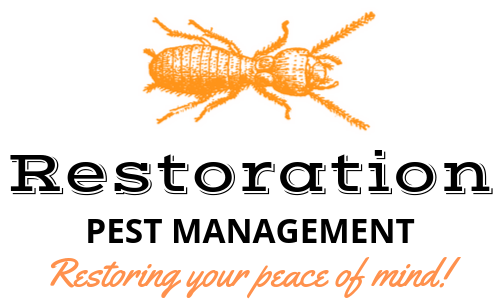Bed Bugs
Many of us were put to bed with the familiar rhyme, “Goodnight. Sleep tight. Don’t let the Bed Bugs bite,” without ever knowing what that bedtime blessing meant. Bed Bugs (Cimex lectularius) are small insects, about the size of an apple seed; typically, they are brown in color and flat and oval in shape. They are parasites that feed on blood (they prefer human, but will settle for household pets as well). They can swell to considerably larger sizes when feeding, which can last up to ten minutes. What makes these pests difficult to eradicate is their ability to go months at a time without feeding. They can outlast conventional household methods used to kill other invasive insects.
Bed Bug Elimination Service
Females can lay hundreds of eggs over their lifetime and begin reproducing after only a month, laying eggs three or more times per year. Bed Bugs have troubled humanity since ancient times and are widely referred to in text from medieval Europe and ancient Greece. According to this report from the University of Kentucky, College of Agriculture, the Mid-20th Century use of DDT helped to virtually eliminate Bed Bugs as a common nuisance. They have been making a successful and voracious comeback over the last two decades, even prompting CBS to name 2010 the “Year of the Bed Bug.”
While it was initially believed they did not transmit diseases, it has been shown they carry the parasite that spreads Chagas disease. Their bites can produce painful, itchy welts similar to mosquito bites and they inject a natural anesthetic, so their bite isn’t felt. There can be a dozen or more bites clustered together and usually only noticed 45-60 minutes afterward. Common effects of Bed Bug bites include allergy symptoms similar to the common cold. There is an assortment of mental conditions that can arise from just a single Bed Bug infestation.
Bed Bugs live in groups and tend to prefer mattresses and box springs for easy access to their favorite meal…us! They travel from place to place on clothing, luggage, and even in hair, making hotels and motels a prime environment for them to thrive. Despite the old stigma, the cleanliness of a home or hotel is not a factor in Bed Bug infestations. Any multi-unit facility can quickly become a breeding ground, with Bed Bugs moving from room to room.
Getting rid of Bed Bugs on your own can be a long and challenging process, involving stripping, scrubbing, vacuuming, washing, and heat-drying nearly every fabric item in the suspected area and its surroundings, and then repeating the process. Even this can prove futile, as eggs can be laid in walls, protected until they hatch. DIY methods are not an effective long-term solution. These blood-sucking parasites are excellent at hiding during the day and finding cracks and crevices that commercially available sprays and foggers can’t reach.
Completely eradicating infestations requires a professional chemical or heat solution. According to this article by WebMD, “…it is safest and most effective to hire an experienced pest control professional for Bed Bug extermination.” Let the pros at Restoration Pest Management handle the problem for you. We use multiple methods of treatments which are safe for you and your loved ones, and the most modern technology. Call us today so you can sleep tight, with no worries about Bed Bug bites!

